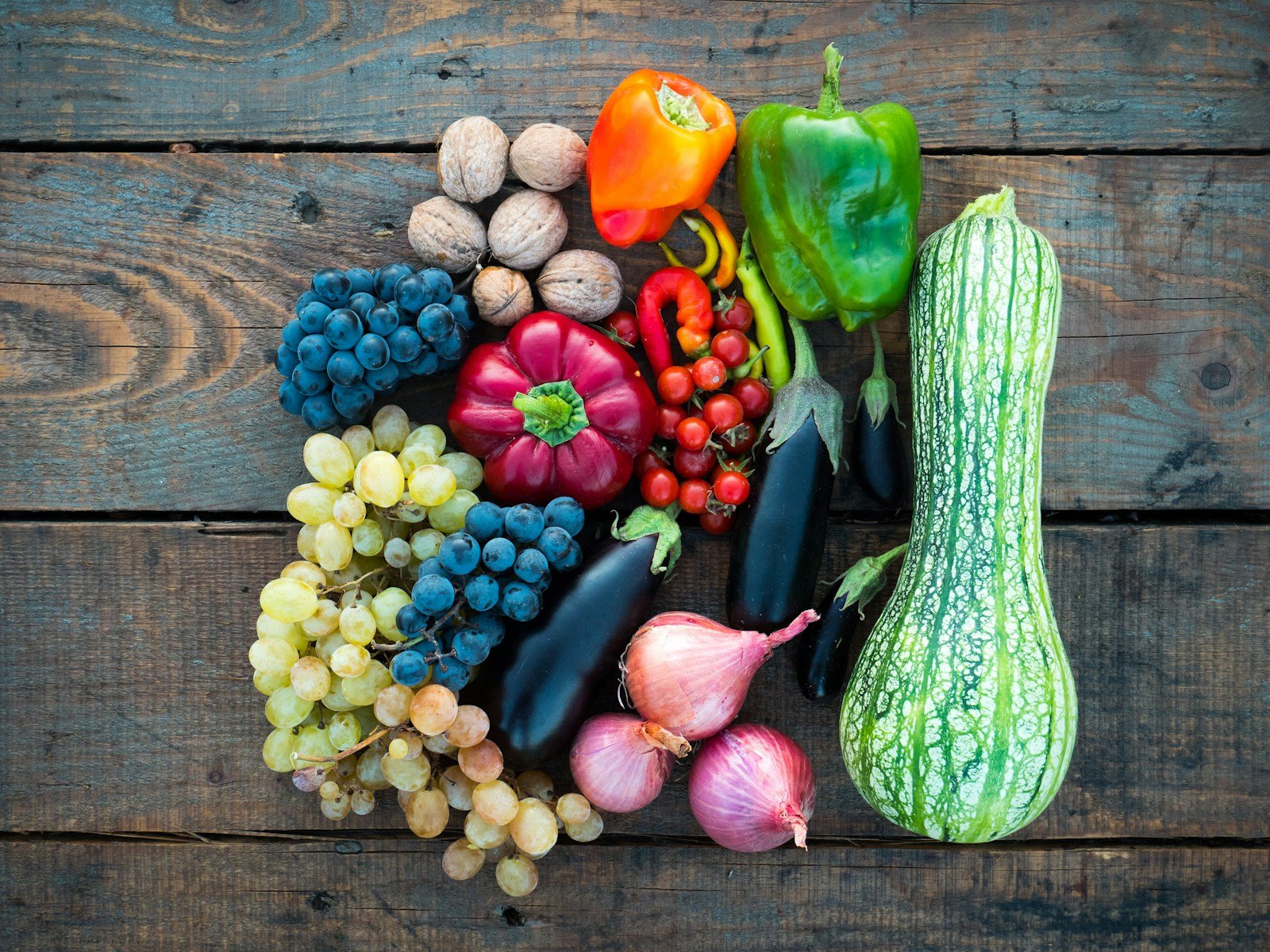Before you can start reducing food waste, it’s important to understand where your food goes. This means taking the time to track what you’re throwing away each week. Whether it’s leftover vegetables, spoiled fruit, or uneaten portions of meals, identifying patterns is key.

One simple way to begin is by using a small notebook or a mobile app designed for tracking waste. You can even use your smartphone camera to take photos of what you toss. Over time, this practice will help you see which foods are being wasted most frequently and why. This awareness is the first step toward making changes that have a lasting impact.
Plan Meals and Shop Smartly
Meal planning is one of the most effective ways to cut down on food waste. By planning your meals for the week in advance, you can avoid buying items you don’t need or will not use before they spoil. Start by reviewing what ingredients you already have at home and build your weekly menu around those.
Create a shopping list based on the planned meals and stick to it as closely as possible when you’re at the grocery store. This approach helps prevent impulse buys and reduces the chances of ending up with surplus food that goes unused. Shopping in small batches can also be beneficial, especially for perishable items like fresh produce or dairy.
Store Food Properly
Proper storage is essential to keep your food fresh for longer, reducing the risk of spoilage. Different types of foods require different storage methods—some need refrigeration, others thrive better in a cool, dark place, and some can be frozen with little effort.
Invest in quality storage containers such as glass jars or airtight plastic containers that help preserve freshness. Learn to read labels on food packaging carefully, understanding the difference between “best before” dates and “use by” dates. This knowledge can help you use your food more effectively without throwing away perfectly edible items.
Use Leftovers Creatively
Leftovers don’t have to be boring or go to waste. Instead of discarding them, consider turning them into new meals. For example, leftover vegetables can become a stir-fry or soup; stale bread can be used for croutons or French toast; and even cold rice can be transformed into fried rice.
Getting creative with leftovers not only helps reduce food waste but also saves time and money in the long run. You can experiment by combining different leftovers to create something entirely new, making mealtime more exciting while keeping your fridge cleaner and your wallet healthier.
Compost Organic Waste
Composting is a simple yet powerful way to manage food scraps that are no longer edible. Instead of throwing away vegetable peels, fruit cores, or coffee grounds into the trash, you can turn them into nutrient-rich compost for your garden.
Starting a compost bin doesn’t require much space or effort. You can use an outdoor composter in your backyard or keep a small indoor container if you live in an apartment. The key is to maintain a balance between green materials (like food scraps) and brown materials (such as dried leaves or paper).
Practice the “Root-to-Stem” Approach
Making the most out of every part of a food item can significantly reduce waste. For example, instead of throwing away carrot peels or celery stems, you can use them to make broths or stocks. Similarly, banana peels are great for composting or even for polishing silverware.
This “root-to-stem” mindset encourages using all edible parts of ingredients and repurposing the rest into something useful. It’s a practical way to minimize waste while also being more resourceful in your kitchen.
Donate Excess Food
If you have excess food that is still safe to eat, consider donating it to local food banks or community centers. Many organizations are always in need of nutritious meals for people who may not otherwise have access to them.
When donating, make sure the food is unopened and within its expiration date. Some places accept non-perishable items like canned goods or pasta, while others may accept perishables if they can be refrigerated or stored safely. Always check with local programs to learn what types of donations are accepted and how best to package your contribution.
Learn Basic Preserving Techniques
Learning a few basic food preservation techniques can help extend the life of your ingredients well beyond their usual shelf life. Methods like canning, freezing, drying, and pickling allow you to store seasonal produce for later use or enjoy throughout the year.
Freezing is one of the simplest methods—simply blanch vegetables, portion them into containers, and freeze for future meals. Drying fruits and herbs in a dehydrator or oven is another easy way to preserve food without any special equipment. These skills not only help reduce waste but also ensure you always have healthy ingredients on hand.
Support Sustainable Businesses
Supporting businesses that prioritize sustainability can be an effective way to cut down on food waste from the source. Look for local farmers who practice regenerative agriculture and sell their produce directly to consumers, reducing the need for packaging and transportation.
Choosing stores that minimize single-use plastics or offer bulk purchasing options also helps reduce waste. Many sustainable brands are committed to minimizing their environmental impact by using eco-friendly packaging and sourcing ingredients responsibly. Supporting these businesses encourages more responsible practices across the supply chain.
Make It a Habit
Reducing food waste doesn’t have to be complicated—it can become part of your daily routine with small, consistent changes. Whether it’s planning meals in advance or learning new storage techniques, each step you take contributes to a healthier planet and a more sustainable lifestyle.
Start by focusing on one area that resonates most with you and build from there. Over time, these habits will become second nature, making the process of reducing food waste effortless and rewarding.







